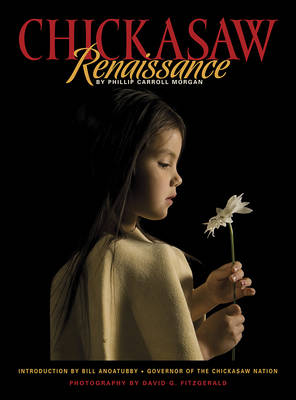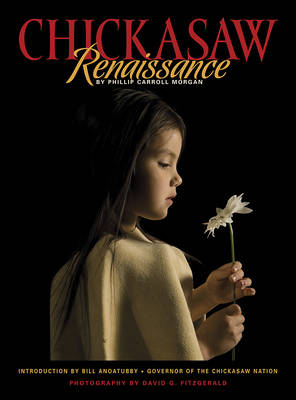
- Afhalen na 1 uur in een winkel met voorraad
- Gratis thuislevering in België vanaf € 30
- Ruim aanbod met 7 miljoen producten
- Afhalen na 1 uur in een winkel met voorraad
- Gratis thuislevering in België vanaf € 30
- Ruim aanbod met 7 miljoen producten
Omschrijving
A rich pictorial profile of the twentieth-century Chickasaw experience
When Oklahoma achieved statehood in 1907, the U.S. government declared Chickasaw titles to tribal lands null and void. The Chickasaw Nation was, in effect, legally abolished. Yet for the next sixty years, the Chickasaws struggled to regain their sovereign identity, and eventually, in 1970, Congress enacted legislation allowing the Five Tribes, including the Chickasaws, to elect their own governing officers. In 1983, the Chickasaws adopted a new constitution for their nation.
In Chickasaw Renaissance, Phillip Carroll Morgan profiles the experiences of the Chickasaw people during this tumultuous period in their history, from the dissolution of their government to the resurgence of their nation. A sequel to the award-winning book Chickasaw: Unconquered and Unconquerable, this equally beautiful volume features more than 100 new images by celebrated Oklahoma photographer David G. Fitzgerald. His stunning portraits of tribal elders and numerous other subjects are supplemented by historical photographs from the Chickasaw Nation archives.
To construct his narrative, Morgan drew on the extensive research of a team of scholars, who interviewed Chickasaw elders and provided valuable information from tribal archives. The result is an enlightening exploration of the impact of changing federal policies on the Chickasaws and other Native tribes of Oklahoma, and a tribute to the resilience of these peoples as they grappled with the major events of the twentieth century.
Specificaties
Betrokkenen
- Auteur(s):
- Uitgeverij:
Inhoud
- Aantal bladzijden:
- 144
- Taal:
- Engels
Eigenschappen
- Productcode (EAN):
- 9780979785887
- Verschijningsdatum:
- 1/05/2010
- Uitvoering:
- Hardcover
- Formaat:
- Genaaid
- Afmetingen:
- 255 mm x 339 mm
- Gewicht:
- 1338 g

Alleen bij Standaard Boekhandel
Beoordelingen
We publiceren alleen reviews die voldoen aan de voorwaarden voor reviews. Bekijk onze voorwaarden voor reviews.











